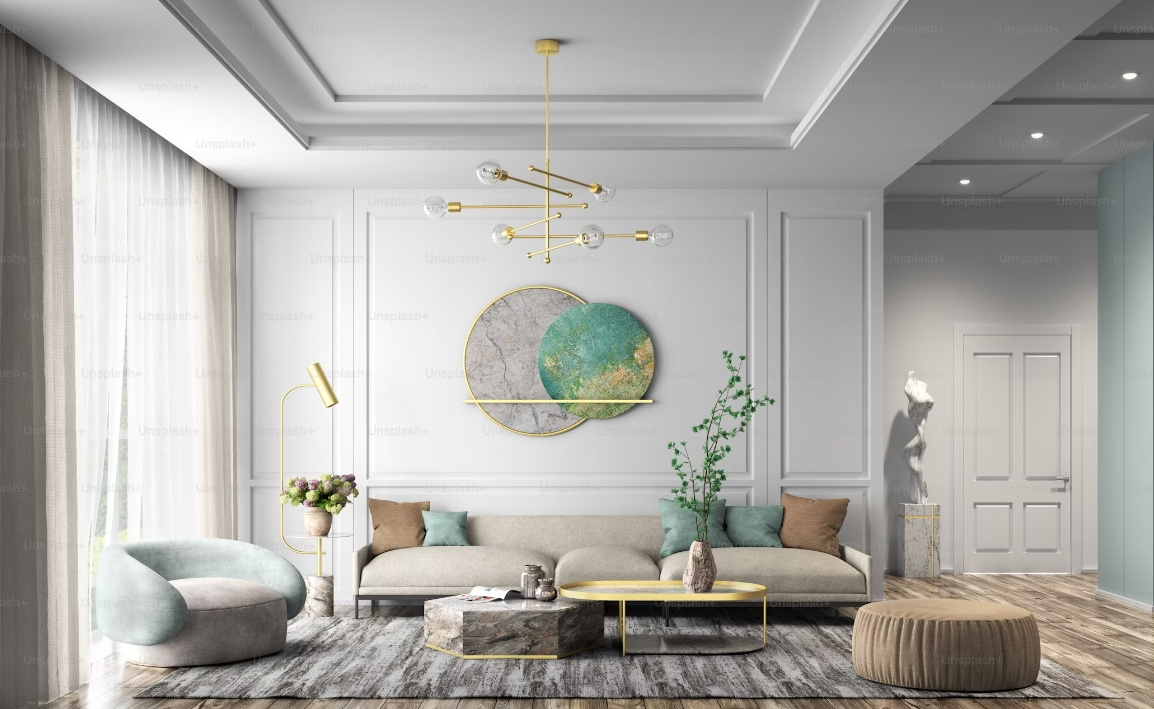Natural Fibers: Sustainable Upholstery Options for Modern Homes
As the world increasingly shifts towards sustainability, the demand for eco-friendly materials in home decor has risen dramatically. Natural fibers, renowned for their biodegradability and low environmental impact, present a compelling choice for upholstery. This article delves into the benefits, varieties, and practical considerations of using natural fibers for modern home upholstery.
Understanding Natural Fibers
Natural fibers are derived from plants, animals, or minerals, offering many benefits over synthetic alternatives. Unlike their petroleum-based counterparts, these fibers decompose naturally, reducing landfill waste and promoting a healthier planet.
Key Benefits of Natural Fibers
Environmental Sustainability Natural fibers are renewable resources. The cultivation of plants like cotton, hemp, and linen typically requires fewer chemicals than synthetic fibers. Additionally, many of these plants absorb carbon dioxide during growth, contributing to a reduction in greenhouse gases.
Healthier Indoor Environment Upholstery made from natural fibers often emits fewer volatile organic compounds (VOCs) than synthetic materials. This characteristic contributes to improved indoor air quality, making homes healthier spaces for occupants.
Durability and Comfort Many natural fibers possess exceptional durability and resilience. Materials such as wool and leather, while derived from animals, offer remarkable strength and longevity. Additionally, natural fibers often provide superior comfort, making them ideal for upholstered furniture.

Popular Natural Fiber Upholstery Options
1. Cotton
Cotton remains one of the most popular choices for upholstery. Its softness, breathability, and versatility make it suitable for various applications, from casual couches to elegant dining chairs. Organic cotton, in particular, is cultivated without harmful pesticides and chemicals, aligning with sustainable practices.
2. Linen
Linen, derived from the flax plant, boasts a unique texture and an elegant appearance. It is highly absorbent, allowing for excellent moisture control, making it suitable for both humid and dry environments. While linen can wrinkle easily, its natural creases add character and charm.
3. Hemp
Hemp is gaining recognition as a sustainable superstar. Known for its strength and durability, hemp fiber resists mold and mildew, making it an excellent choice for upholstery in diverse climates. Its natural color variations can create visually appealing and unique fabrics.
4. Wool
Wool is renowned for its warmth and resilience. This natural fiber has excellent insulating properties, keeping homes cozy during colder months. Wool's natural resistance to stains and flames further enhances its appeal for upholstery. However, sourcing ethical wool remains essential for sustainability.
5. Jute and Sisal
Jute and sisal, often used for rugs, also make for compelling upholstery options. Their coarse textures add rustic charm and visual interest. Both fibers are biodegradable and require minimal processing, making them environmentally friendly choices.
Practical Considerations
1. Maintenance and Care
Upholstered furniture made from natural fibers may require different maintenance practices compared to synthetic materials. Regular vacuuming helps remove dust and dirt. Specific cleaning methods depend on the fiber; for example, wool may require professional cleaning, while cotton can often be machine-washed.
2. Color and Dye Choices
Opting for natural dyes can further enhance the sustainability of natural fiber upholstery. These dyes, derived from plants, minerals, and other organic materials, often produce softer hues that harmonize beautifully with nature. Additionally, the fading process of natural dyes can create a lovely patina over time.
3. Cost Considerations
While natural fibers can sometimes carry a higher upfront cost, their durability and longevity often lead to cost savings over time. Investing in quality upholstery can reduce the need for frequent replacements, making natural fibers a wise financial choice in the long run.
Conclusion
Natural fibers present a sustainable and aesthetically pleasing option for modern home upholstery. With their multitude of benefits—including environmental sustainability, health advantages, and durability—these materials resonate with the growing consumer demand for eco-friendly home decor. By choosing upholstery made from natural fibers, you can contribute to a more sustainable future while enjoying the beauty and comfort these materials provide.
